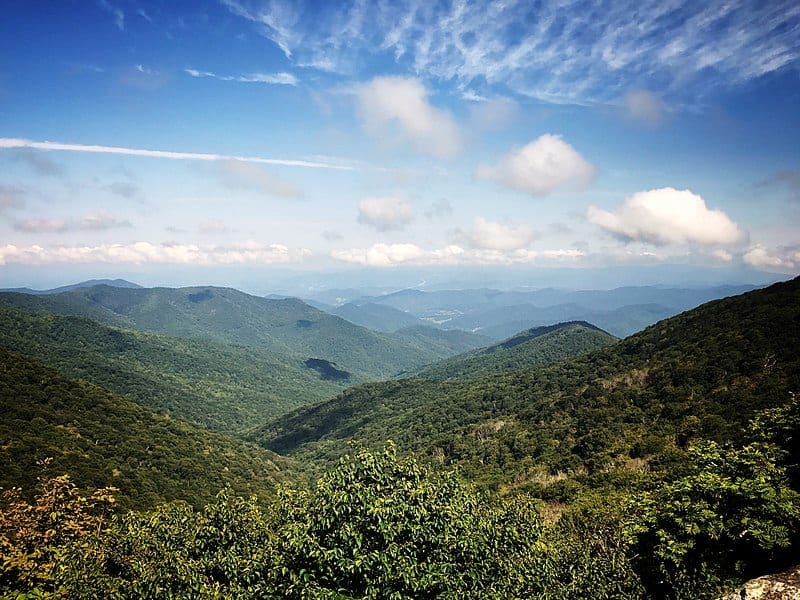Rising from the ashes: UT researchers use wildfires to gain insight
University of Tennessee professor and researcher Jennifer Schweitzer explains how the 2016 wildfires are now helping researchers.

The Great Smoky Mountains (GSM) were primed like a full box of matches leading up to the 2016 Wildfires.
Dry soils and vegetation ignited, creating a patch-work disturbance event that would become a fire-singed laboratory for environmental and ecological researchers who flocked to the GSM for a chance to study a rare major fire event in the eastern United States.
University of Tennessee professor Jennifer Schweitzer is studying the interactions of plant communities, soil microbes, soil properties and changes in the soil that alter plant growth after the wildfires. The goal of the research is to create a model for future fire events in the eastern U.S. by examining the interaction of different disturbances.
“There are a lot of these little connections and that’s what we’re trying to tease apart,” Schweitzer said. “As tragic as the fire was in Gatlinburg, with the cities’ loss in life and property, ecologically, it provided an unprecedented opportunity to address two really important disturbances in natural systems that we don’t know much about. One is fire, and the second is urbanization.”
She estimates 50 percent of the U.S.’s population now live in urban centers rather than rural areas. Urbanization–the expansion of cities–across the U.S. has fragmented the natural landscape. Because of this, naturally-occurring fires have been diligently suppressed in these areas of urbanization.
The Ideal Situation for Research
Urbanization is a slow creep, and fire is a sporadic bolt across the natural ecosystem.
The 2016 wildfires started at Chimney Tops and burned into the city of Gatlinburg. Temperatures in affected areas ranged from a “melting-glass kind of hot” to a light burn just across the street–based on how the fire traveled the landscape.
“Over 250 individual wildfires burned across east Tennessee from Oct. 1 through Dec. 31, and the Great Smoky Mountain National Park experienced more than twenty fires over the course of the draught,” according to the National Park Service.
The vast differences in burn severity within the city of Gatlinburg and Great Smoky Mountains National Park (GSMNP) created a researcher’s dream: a series of naturally-occurring individual research plots. Schweitzer chose sites from the city and from GSMNP ranging from low to high burn.
By examining soil microbes and measuring soil properties like pH, carbon and nitrogen, the ecological effects on the ecosystem can be mapped across a burn gradient.
“We have rarely been able to exam how these two things [fire and urbanization] interact, and whether this really does create a novel ecosystem,” Schweitzer said.
Schweitzer predicts there will be a successional pattern that arises in the GSM–more invasive species will appear, as well as nitrogen fixers or plants that have seeds that spread easily.
So far, the data has shown that fire has a larger effect on the soil and microbial communities than does urbanization.
The Future
Most of the existing research about fires comes from the western U.S. By assessing the GSM wildfires, researchers can develop a pattern and model that represents fires specifically in the eastern U.S.
“Because of climate warming and population growth, the chances of having more fire events in urban areas is predicted to increase by 30 percent in the coming decades. If we can establish what can happen, we gain insight into how we can manage forests and what they will look like in the future. This will also inform the general scientific theory of how urbanization and fires interact, aiding policy formation,” Schweitzer said.
Schweitzer will continue to examine these plots for five years with hopes for permanent plots in the future.
Story by Shelby Whitehead
Featured image by Amart007, Creative Commons
Edited by Vanessa Rodriguez

